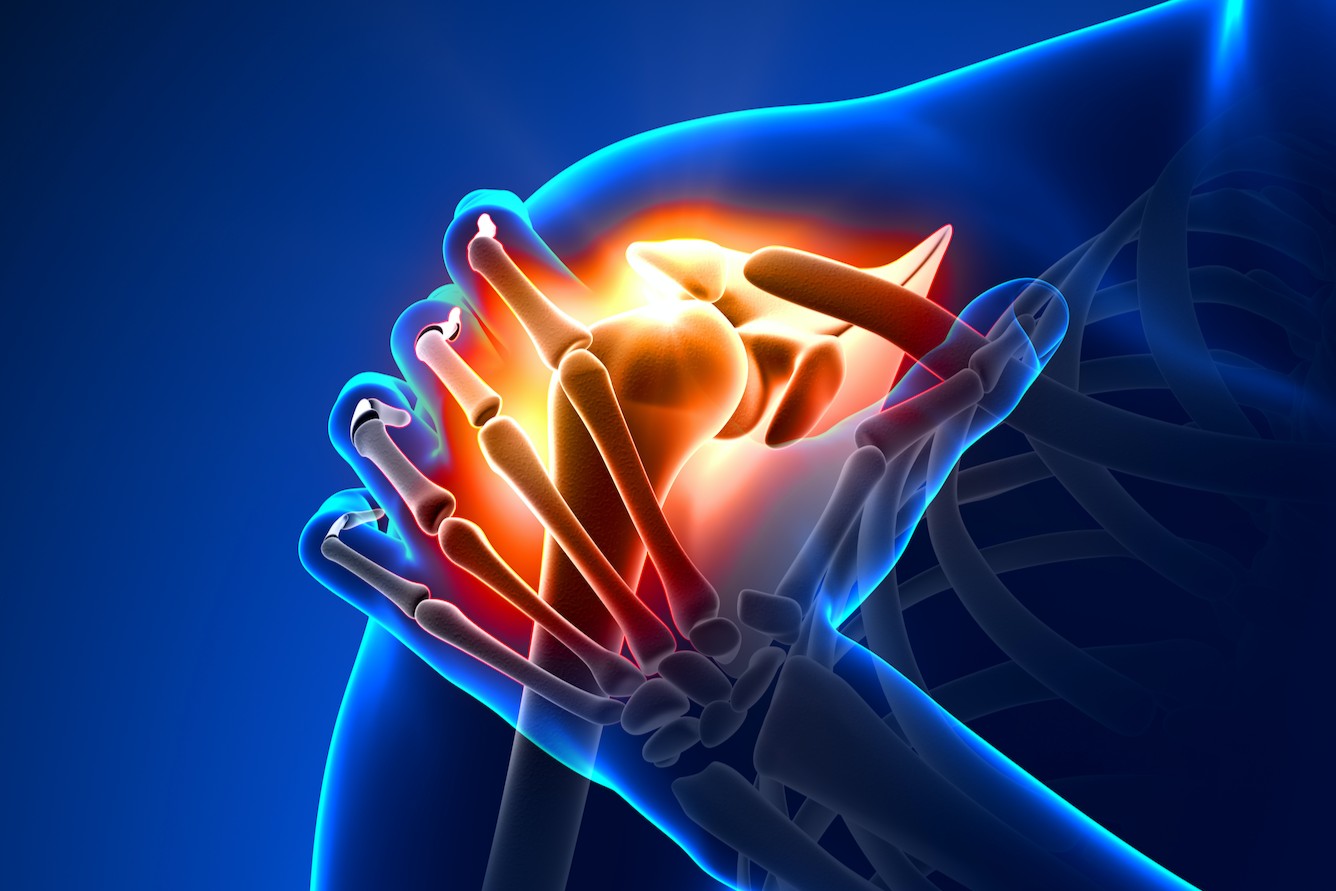
What is the Glenoid? The glenoid is a part of the shoulder blade, or scapula, that forms the socket for the ball-and-socket joint of the shoulder. This small, shallow cavity plays a crucial role in shoulder movement and stability. Without it, lifting, throwing, or even simple tasks like brushing your hair would be nearly impossible. The glenoid's shape and structure allow for a wide range of motion while maintaining the strength needed to support arm activities. Understanding the glenoid can help you appreciate the complexity and functionality of your shoulder. Ready to learn more? Let's dive into 27 fascinating facts about this essential part of your anatomy!
What is the Glenoid?
The glenoid is a part of the shoulder blade that forms the socket of the shoulder joint. It plays a crucial role in shoulder movement and stability. Here are some fascinating facts about this essential part of the human body.
- The glenoid is a shallow, pear-shaped cavity located on the lateral aspect of the scapula.
- It articulates with the head of the humerus to form the glenohumeral joint, commonly known as the shoulder joint.
- The glenoid cavity is covered with a layer of cartilage, which helps reduce friction and allows smooth movement of the shoulder.
- The glenoid labrum is a fibrocartilaginous rim attached around the margin of the glenoid cavity, deepening the socket and providing additional stability.
- The glenoid cavity is relatively small compared to the head of the humerus, making the shoulder joint one of the most mobile joints in the body.
Glenoid's Role in Shoulder Stability
The glenoid is vital for maintaining shoulder stability. Without it, the shoulder would be prone to dislocations and other injuries. Let's explore more about its role.
- The glenoid labrum acts like a suction cup, helping to hold the head of the humerus in place.
- Ligaments and tendons surrounding the glenoid provide additional support and stability to the shoulder joint.
- The rotator cuff muscles, which attach to the glenoid, play a significant role in stabilizing the shoulder during movement.
- Injuries to the glenoid, such as labral tears, can lead to shoulder instability and pain.
- Surgical procedures like arthroscopy can repair damaged glenoid structures, restoring shoulder stability and function.
Common Glenoid Injuries
Injuries to the glenoid can be quite common, especially among athletes and individuals who engage in repetitive shoulder movements. Here are some common injuries associated with the glenoid.
- A Bankart lesion is a tear of the glenoid labrum due to shoulder dislocation.
- SLAP (Superior Labrum Anterior and Posterior) tears involve damage to the top part of the glenoid labrum.
- Glenoid fractures can occur due to trauma or high-impact activities, leading to severe shoulder pain and dysfunction.
- Osteoarthritis can affect the glenoid, causing cartilage degeneration and joint pain.
- Overuse injuries, such as those seen in baseball pitchers, can lead to glenoid labrum tears and shoulder instability.
Diagnosing Glenoid Issues
Proper diagnosis of glenoid issues is essential for effective treatment. Various methods are used to identify problems related to the glenoid.
- Physical examinations, including specific shoulder tests, can help identify glenoid-related issues.
- Imaging techniques like X-rays, MRI, and CT scans provide detailed views of the glenoid and surrounding structures.
- Arthroscopy, a minimally invasive surgical procedure, allows direct visualization and assessment of the glenoid cavity and labrum.
- Diagnostic injections, such as corticosteroids, can help pinpoint the source of shoulder pain related to the glenoid.
- Electromyography (EMG) tests can evaluate the function of muscles and nerves around the glenoid, aiding in diagnosis.
Treatment and Rehabilitation
Treating glenoid injuries often involves a combination of medical interventions and rehabilitation exercises. Here are some common treatment approaches.
- Physical therapy is crucial for strengthening the muscles around the glenoid and improving shoulder stability.
- Anti-inflammatory medications can help reduce pain and swelling associated with glenoid injuries.
- Corticosteroid injections may provide temporary relief from glenoid-related pain and inflammation.
- Surgical options, such as labral repair or shoulder arthroscopy, can address severe glenoid injuries.
- Post-surgical rehabilitation focuses on restoring range of motion, strength, and function to the shoulder joint.
Interesting Facts About the Glenoid
Beyond its medical significance, the glenoid has some intriguing aspects worth noting.
- The term "glenoid" comes from the Greek word "glenoeides," meaning "socket-like."
- The glenoid cavity's shape and orientation can vary among individuals, influencing shoulder joint mechanics and susceptibility to injuries.
Final Thoughts on Glenoid
Glenoid, a small but fascinating part of the shoulder, plays a crucial role in our daily movements. From its unique shape to its importance in shoulder stability, this little socket has a big job. Understanding its function helps us appreciate the complexity of our bodies and the importance of maintaining joint health.
Whether you're an athlete, a fitness enthusiast, or just someone curious about human anatomy, knowing about the glenoid can be beneficial. It can help you make informed decisions about exercises, treatments, and even surgeries if needed.
Remember, keeping your shoulders healthy involves regular exercise, proper posture, and sometimes consulting a healthcare professional. So, next time you lift something or throw a ball, think about the glenoid and all the hard work it does to keep your shoulder moving smoothly.
Was this page helpful?
Our commitment to delivering trustworthy and engaging content is at the heart of what we do. Each fact on our site is contributed by real users like you, bringing a wealth of diverse insights and information. To ensure the highest standards of accuracy and reliability, our dedicated editors meticulously review each submission. This process guarantees that the facts we share are not only fascinating but also credible. Trust in our commitment to quality and authenticity as you explore and learn with us.
